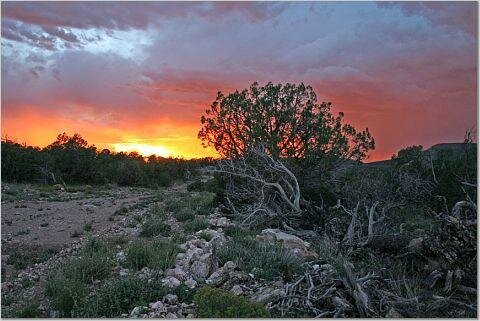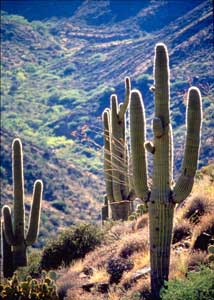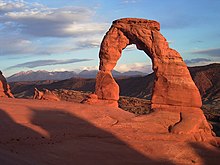Land For Sale In Arizona: Owner Finance, Acres, Farmland, And Residential Properties
Who Else Is Looking For Land For Sale In Arizona?
If you want to buy land, or just learn more about land for sale in Arizona as a real estate investment, keep reading…

Land – it’s the original real estate investment! For thousands of years, people have been acquiring land because they know that it’s a compelling investment.
Vacant land, raw land, empty land – there’s a reason why investors are still acquiring it today:
- There’s a cap on supply (no one is making more land), yet there’s no cap on demand
- Land is affordable – even land owner financing is available
- Land has multiple profit strategies and exit strategies so you have choices (build your dream home or partition it into the next major subdivision development)
“Land is tangible. Land can be used. You can walk on it. You can see it. You can touch it. You can feel it. It will never go away. Its overall net worth will never be zero (some assets can lose, and have lost ALL of their value).”

Here’s How To Buy Discount Land For Sale In Arizona

Investing in land for sale in Arizona has never been easier.
Some vacant land investors prefer to do the legwork themselves: they drive around or comb through city records to find land owners who are selling in the area. Then they approach those land owners and make an offer, negotiate the offer, and then set up the paperwork to make the sale.
Unfortunately, this level of effort is time-consuming and can even be very expensive as you burn through a tank of gas trying to find properties available for purchase. And, you only get access to a few pieces of land that you happen to drive past.
Fortunately, there’s another way to invest in land in Arizona, and this is where we at Southwest Land Deals have worked hard to position ourselves differently. We have become the experts in land investments around Arizona, and land owners come to us because they want to sell their land quickly.
With our reputation among Arizona land sellers, they send us their land investment opportunities all the time and we’ve built a pretty big list of land for investing.
Simply enter your information in the short info form below and we’ll give you access to our list of hundreds of land investments right here in Arizona.
Land owner financing available: Not only do you get access to our constantly updated list of land investments, you’ll love to know that many of these investments provide land owner financing, making them even more affordable to investors, including those who may not have all the capital up-front.
With owner financing, we’ll work with you to help you spread out the payments of owner financed land investments to match the level of financial commitment you’re comfortable with. With our owner financing programs, many people have found that they can invest in land when the once thought they wouldn’t be able to afford it! (Go here to learn more about our land owner financing programs <<)
See Our Discount Area Lots and Land For Sale - FREE!
Non MLS vacant and bare land, list is continually updated.If you want to invest in raw land, lots, vacant land, and empty land – whether for speculation, development, or for personal use, there has never been a better time to buy land in Arizona as an investment.
About the Southwest
The geography of the region is mainly made up by four features: the Mojave, Sonoran, and Chihuahuan Deserts, and the Colorado Plateau; although there are other geographical features as well, such as a portion of the Great Basin Desert. The deserts dominate the southern and western reaches of the area, while the plateau (which is largely made up of high desert) is the main feature north of the Mogollon Rim. The two major rivers of the region are the Colorado River, running in the northern and western areas, and the Rio Grande, running in the east, north to south.
The most northwest portion of the American Southwest is covered by the Mojave Desert. Bordered on the south by the Sonoran Desert and the east by the Colorado Plateau, its range within the region makes up the southeast tip of Nevada, and the northwestern corner of Arizona. In terms of topography, the Mojave is very similar to the Great Basin Desert, which lies just to its north. Within the region, Las Vegas is the most populous city; other significant areas of human habitation include Laughlin and Pahrump in Nevada, and Lake Havasu City, Kingman, and Bullhead City in Arizona. The Mojave is the smallest, driest and hottest desert within the United States. The Mojave gets less than six inches of rain annually, and its elevation ranges from 3000 to 6000 feet above sea level. The most prolific vegetation is the tall Joshua tree, which grow as tall as 40 feet, and are thought to live almost 1000 years. Other major vegetation includes the Parry saltbush and the Mojave sage, both only found in the Mojave, as well as the creosote bush.
“Central Arizona” is a vast metropolitan area spread across one contiguous sprawling oasis, essentially equivalent to the Phoenix metropolitan area. The city of Phoenix is the largest urban center, and located in the approximate center of the area that includes Tempe, Mesa, and many others.
Phoenix, Tucson, and Las Vegas dominate the westernmost metropolitan areas in the Southwest, while Albuquerque, and El Paso dominate the easternmost metropolitan areas.
Just fill out the form above and we’ll share our large, constantly updated list of land investment opportunities – you’re sure to find something that meets your investing criteria.
Or Give Us A Call Now At: 480-442-7787






